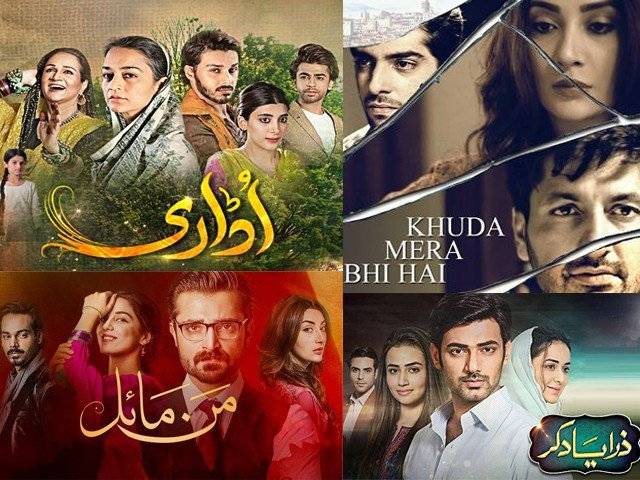Literature is representative of its nation and is largely influenced by whatever takes place in the country to which it belongs. Since drama is one of the genres of literature, it is ineluctable to avoid the socio-political aspects of Pakistan starting from the point of inception of Pakistani drama. Different forms of government have influenced the storylines, the themes, and the cultural representation of the country in different ways, as a result of which Pakistani drama seems to have gone through various stages, at times good and at times bad.

Pakistani drama has its roots in the progressive and liberal era of Ayub Khan, and this liberalism stretched till the end of Zulfiqar Ali Bhutto’s regime. Since Pakistan television was launched in times of good and healthy education and had to represent its respective country since it was in its very initial stage, all efforts were made to produce excellent drama serials, perfect in every respect. In a lecture related to Pakistani drama which I attended at Alhamra, Hasina Moin, a famous Pakistani playwright, told that people with excellence in arts, literature and humanities were approached by the media and asked to write for Pakistan television. It is no wonder then that we had Ashfaq Ahmad and Bano Qudsia, pioneers of Urdu Literature; Hasina Moin, a professor of History; Noor-ul-Huda Shah, a woman well read in Sindhi culture and literature; Asghar Nadeem Syed, a professor of Urdu language and Shoaib Hashmi, a professor of English as writers back in those days.
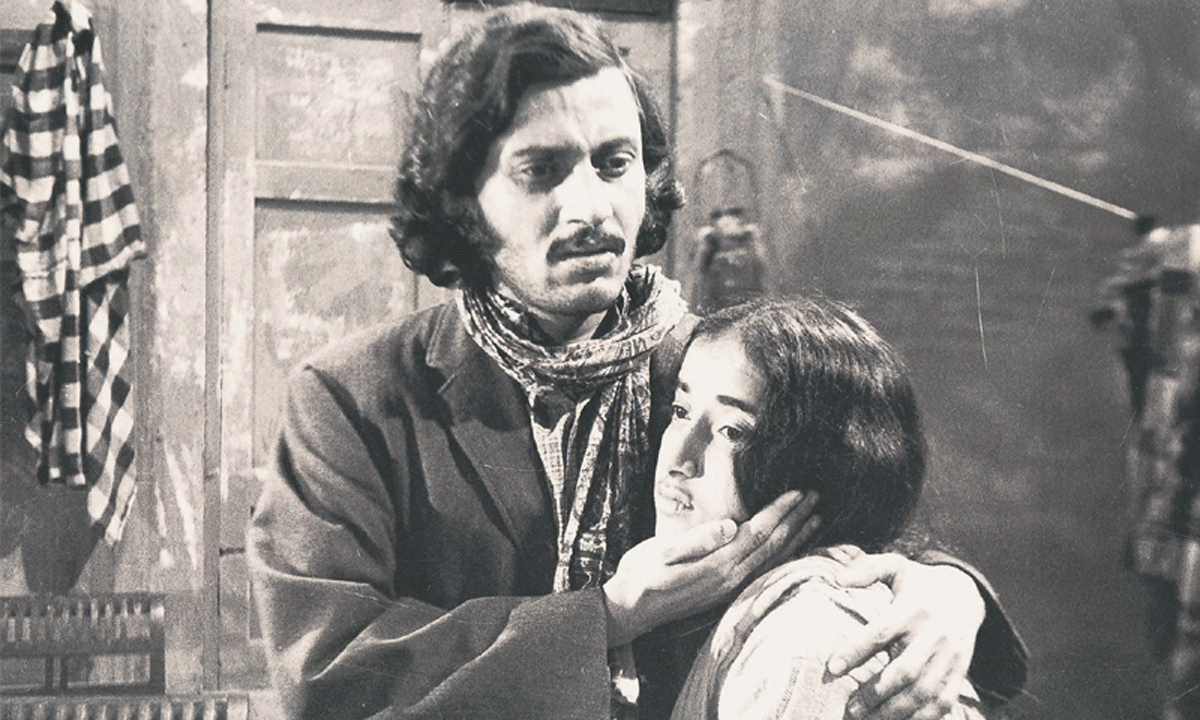
The fact that a progressive Pakistan was visible in the dramas of that era is proven in the way that a number of drama serials from the era had a purpose, which was to teach and educate people. A fine example is Khawaja Moin-ud-din’s black and white drama serial ‘Taleem-e-balighan,’ the very title of which suggests that it was meant to teach adults. This element of teaching is also found in the black and white drama serials of Hasina Moin such as ‘Shehzori’ and ‘Kiran Kahani,’ which had strong and courageous females as their protagonists who taught women not to remain submissive but to remain active and fight for themselves. The tincture of liberalism is visible in Ashfaq Ahmad’s series from the era ‘Aik Mohabbat Sau Afsaane’ some episodes of which had scenes in which two lovers were often found sitting alone in parks or near the canals back in the ‘70s. The fact that the theme of love was approached by the writer from hundred different perspectives tells how insightful the writers of that time were.
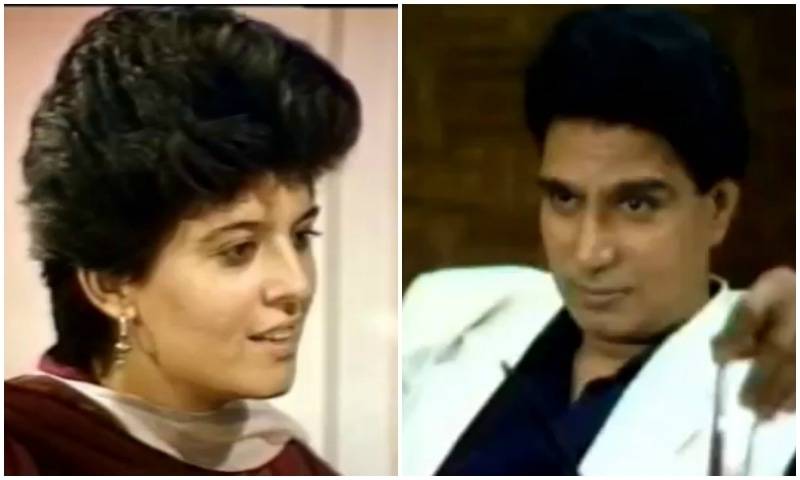
Another point which makes it evident that an educated class was behind the works is that the first coloured drama serial of Pakitan, ‘Parchaiyaan,’ written by Hasina Moin was adapted from an American Novel, ‘The Portrait of a Lady,’ written by Henry James who is known to be one of the complex writers of his times. The art of perceiving an incomprehensible work and then dramatizing it into highly sophisticated Urdu language proves that the writer had complete command over literature, since ‘Parchaiyaan’ is still known for its excellent use of Urdu. Another drama serial dramatized by the actor Rahat Kazmi himself, ‘Teesra Kinara,’ was also adapted from the English Language philosopher’s novel, ‘The Fountainhead’. Another important thing about these serials is that besides being adapted from classical English novels, they had their protagonists as independent females. This feminist approach was also taken up by Noor-ul-Huda shah, who wrote on the problems of Sindhi women three decades ago while we are ranting on female rights in the year 2017. Her drama serial ‘Jungle’ was based on the custom of marrying women to the Quran, and her drama serial ‘Marvi’ was about a girl who manages to attain education from city after going through a number of hurdles.
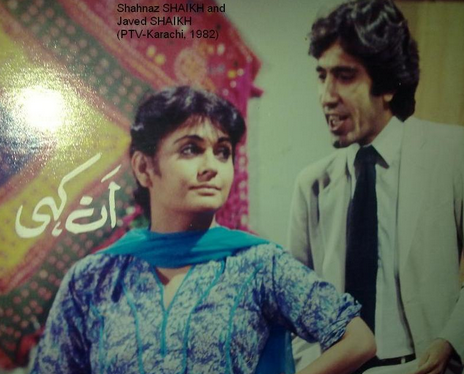
No doubt that Zia-ul-Haq’s conservative regime and his Islamization strategies put an end to the liberal and progressive approach, but creative artists continued to execute their desired themes in a subtle manner. Anwar Maqsood came up with his political satire ‘Aangan Tehra’ in this very era, and in his telefilm ‘Sherry and Jozy’, humorously targeted the ‘above-ankle-shalwar’ custom. His sister Fatima Surayya Bajiya started writing on the lives of Irani women whose heads are covered all the time, since it was no more allowed for women to come on the television screen without a covering on their heads. Hasina Moin came up with her drama serial ‘Kasak’ in which the lead character Rubina Ashraf manages to make her way through life as a single mother as well as a working woman, with a dupatta on her head all the time. Studying Pakistani drama under Zia’s regime is important because it acquaints us with the artists who could exhibit their creativity under countless restrictions.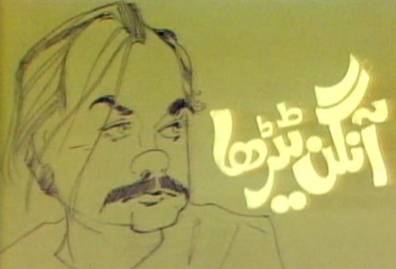
However, with the end of Zia’s regime, it seems as if some chains were removed and many drama serials with bold topics emerged. Asghar Nadeem Syed’s ‘Nijaat’ and Hasina Moin’s ‘Aahat’ came with their themes of family planning. While Hasina Moin dealt with the topic in a careful manner, Asghar Nadeem Syed’s ‘Nijaat’ had some scenes in which Huma Nawab boldly asks Noman Ejaz and Atiqa Odho to maintain a gap in childbirths. Similarly, Hasina Moin’s ‘Parosi’ had subtle scenes of pregnancy and miscarriage played by Marina Khan and Azra Baber’s ‘Zaibunnisa’ based on domestic violence also had a scene of miscarriage in it. Sawera Nadeem played the role of a gynaecologist in ‘Janjaal Pura’, and in all the episodes of Muhammad Ahmad’s ‘Tum se Kehna Tha’, Marina Khan was made to wear short shirts and baggy trousers. All these drama serials belong to the ‘90s.
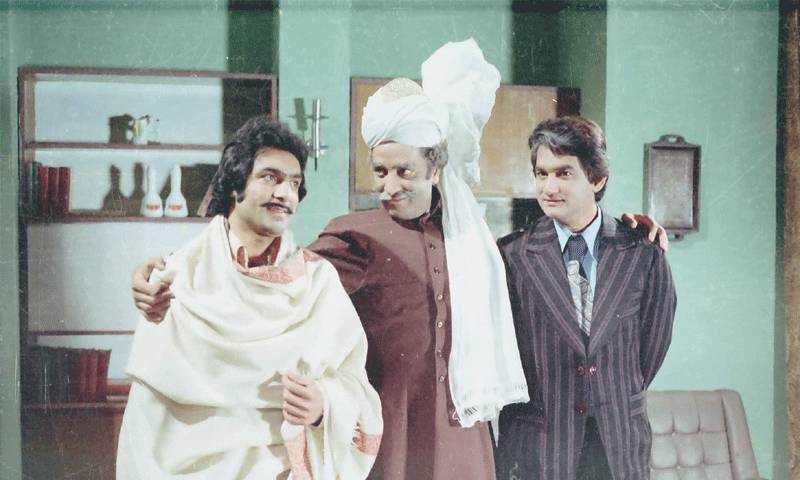
In the late ‘90s and early 2000s, with the introduction of cable, people diverted towards Indian drama serials but Pakistani patriots continued to make wonderful drama serials. In this regard, two names are very important; one of Mehreen Jabbar and the other of Zulfiqar Sheikh, who in their drama serials provided deep insight into the Pakistani culture and also discussed the miseries of Pakistani expatriates. Some examples are Mehreen Jabbar’s drama ‘Aur Zindagi Badalti Hai,’ which was shot in Spain and had Sakina Samo and Humayun Saeed as siblings who leave Pakistan to find resort in Spain to avoid some painful memories. Her telefilm ‘Abba, Amma aur Ali’ has Faisal Rehman coming to Pakistan after losing a job in a foreign country. Zulfiqar Sheikh’s ‘Aansoo’ was based on the issue of conflicts between a Pakistani husband and an English wife. His ‘Thori Khushi Thora Gham’ and ‘Maa’ were based on poor Pakistanis’ struggles to find jobs in foreign countries, and his ‘Des Pardes’ talked about the women cheated into marriages and taken abroad just to be domestically abused. Seema Ghazal, another important Pakistani dramatist kept writing prolifically on Pakistani family life problems such as ‘Mehndi,’ ‘Singhar,’ ‘Chandni Raatein’ and ‘Hum se Juda na Hona.’
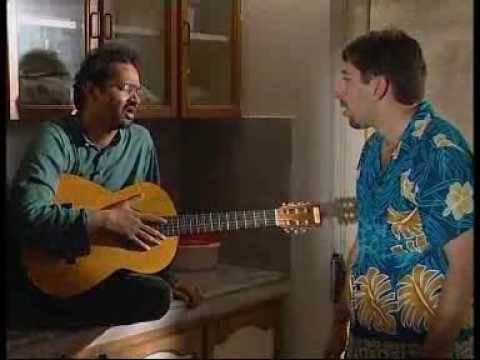
Dramas for children and teenagers like ‘Shashlik,’ ‘Teen bata Teen,’ ‘College Jeans,’ ‘Khwaahish,’ ‘Aik aur Aik’ and ‘Stopwatch’ continued to dominate this period, but majority’s inclination towards Indian drama changed the style of Pakistani dramas and the years ahead from 2003-04 saw a pathetic downfall of Pakistani drama, since in order to catch the audience’s attention, Pakistanis started copying Indian styles of making drama serials. Dressing, storylines and even dialogue delivery was made to seem like Indian. Some examples are ATV’s ‘Dulhan,’ ARY’s ‘Koi tou Ho’ and Geo TV’s ‘Kajal.’ PTV was forgotten and private channels started dominating with these Indian style drama serials which were appreciated by the fans of Indian serials, but were condemned by people who had seen classical PTV plays.
It was in the years 2008-09 that these private channels ventured to captivate all Pakistanis and succeeded in their attempt. They brought the modern dressing which people sought for in Indian drama serials, but at the same time, introduced indigenous touch in the stories and way of filming. Geo TV’s ‘Meri Adhoori Mohabbat’ showed an Indian family dressed in sleeveless saarhis in the first half of the play and exhibited pure Indian culture. The story turned towards Islamic mysticism in the second half, and in this way, won the hearts of all the people of Pakistan. Similarly, Mehreen Jabbar’s ‘Vasl’ and ‘Malal’ for Hum TV, ARY’s ‘Kaisa Yeh Junoon’ and ‘Miley Kuch Youn’ had women wearing off-sleeves but this dressing was not unrealistic or forceful, but was the demand of the story. It was to show a certain class or culture that such dresses were shown.
These drama serials till 2012-13 were huge successes owing to their representation of a wide range of themes. There was prostitution in ‘Lahaasil.’ There was terrorism in ‘Kaisa yeh Junoon’ and ‘Khuda Zameen se Gaya Naheen.’ There was power-lust in ‘Mera Saayeen.’ There was wealth-lust in ‘Man-o-Salwa.’ There was mysticism in ‘Shehr-e-Zaat’, domestic violence in ‘Kankar’ and friendship issues in ‘Daam.’ There was a depiction of Bangali lifestyle in ‘Aashti.’

Unfortunately, owing to the rise of feminism in the current days, which is a good thing if decently dealt with but ridiculous if exploited, Pakistani dramas have glued themselves to feminist issues only and a large audience including children, teenagers and men are being ignored. Old plays like ‘Andhera Ujala’ on police and ‘Waris’ on a Chaudhry were attractions for the men of Pakistan. Current drama serials are so engrossed in depicting issues for women and on women that they have brought the level of Pakistani dramas to an indignant level which is prominent from the very titles of some plays such as ‘Jithani,’ ‘Meri Saheli Meri Bhaabhi,’ ‘Susraal Mera’ and ‘Meri Behn ka Susraal,’ and all these dramas have nothing to address except for the conflicts between mothers, daughters and sisters-in-law. Apart from a few excellent feminist dramas like ‘Rehai,’ ‘Sammi, Udaari,’ ‘Yaqeen ka Safar,’ ‘Meri Zaat Zara-e-Benishan,’ feminist drama serials are defaming the very term itself.
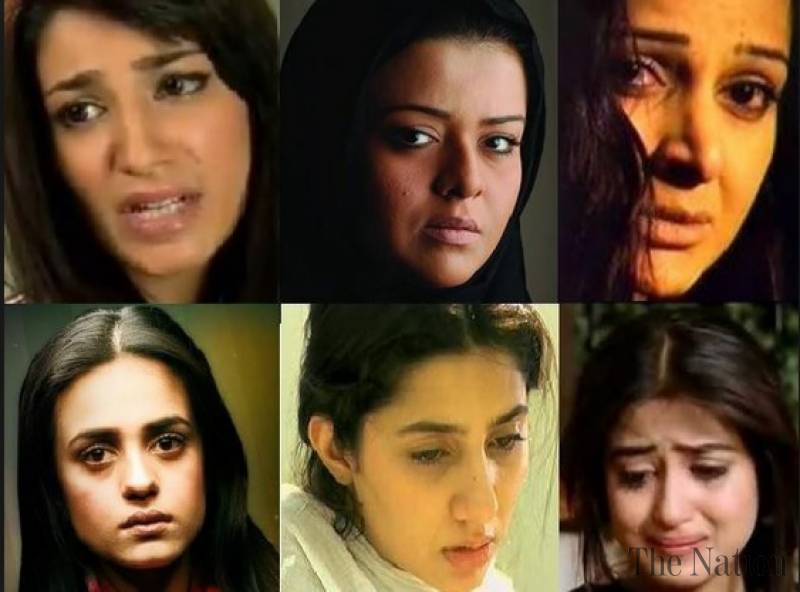
We do have excellent writers, well-to-do producers and educated directors. There is a dearth of topics. Vasay Chaudhary came up with his ‘Jackson Heights’ based on the lives of Pakistani immigrants living abroad. Muhammad Ahmad wrote his comic mini-serial ‘Coke Kahani.’ Mustafa Afridi came up with ‘Firaaq.’ Hasina Moin wrote a fantasy play ‘Anjanay Nagar’ and Angeline Malik brought the horror element back with her ‘Woh.’ Unfortunately, these serials were not welcomed warmly owing to the strong imprint of womanish dramas on the minds of the audience. This is the only current problem of Pakistani drama which needs to be fixed.

